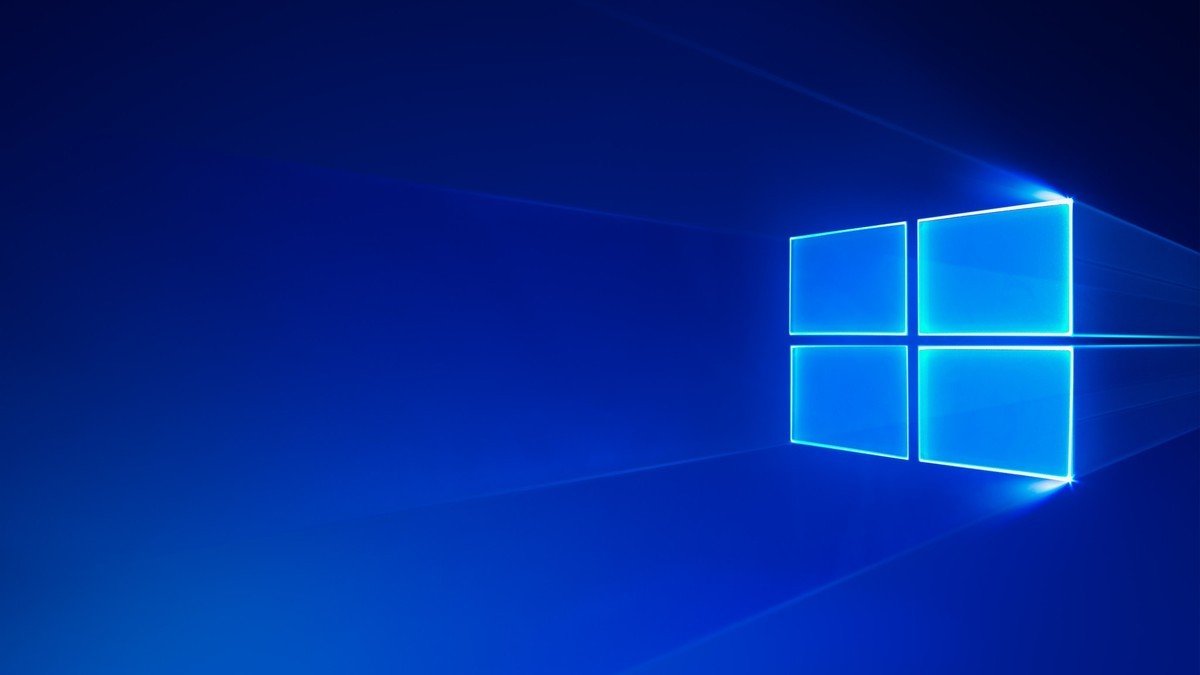Microsoft details workarounds for Fall Creators Update missing apps bug
If you've noticed that you're missing some apps after installing the Windows 10 Fall Creators Update, Microsoft has some potential fixes you may want to try.

The Windows 10 Fall Creators Update recently started making its way to PCs around the world, bringing a number of changes and improvements in its wake. As happens with most major updates, this one appears to have introduced some bugs as well. One particularly annoying example involves apps seemingly going missing for some after installing the Fall Creators Update. However, if you're someone impacted by the bug Microsoft has detailed some workarounds you can try (via Neowin).
The issue in question seems to cause apps to go missing from the Start Menu after installing the Fall Creators Update. In addition to no longer being pinned or listed in Start, searching for a missing app returns no results. Instead, users are pointed to the Store in order to install the app, only to be told that the app is already installed. According to a support representative on the Microsoft Answers forum, Microsoft is investigating the issue, but there are a few potential workarounds that you can try now. Here's a look:
Repair or Reset the missing apps
- Open Settings, and select Apps.
- On the Apps & features tab, find the name of the missing app. Click the app and select Advanced options (if available).
- If a Repair option is available, click Repair. If this option is not available, or if Repair does not resolve the issue, you may also try the Reset option, though you might lose any app data that was saved.
- Once the repair or reset is completed, the app should again appear in the app list and can be pinned to the Start Menu.
Uninstall and reinstall the missing apps
- Open Settings, and select Apps.
- On the Apps & features tab, find the name of the missing app. Click the app and select Uninstall.
- Open Store and then reinstall the missing app. Once installed, the app should appear in the app list, and can be pinned to the Start Menu.
Re-register the missing apps using PowerShell – If you have a lot missing apps, advanced users can instead attempt to restore all of them at once using the following PowerShell commands. Note, however, that if Steps 1 and 2 were already attempted and did not restore your missing apps, this PowerShell solution will also likely not succeed.
- In Cortana, type PowerShell. In the search results, right-click Windows PowerShell and select Run as administrator.
- In the Powershell window type the following commands. These steps may take a few minutes to complete.
- reg delete "HKCU\Software\Microsoft\Windows NT\CurrentVersion\TileDataModel\Migration\TileStore" /va /f
- get-appxpackage -packageType bundle |% {add-appxpackage -register -disabledevelopmentmode ($_.installlocation + "\appxmetadata\appxbundlemanifest.xml")}
- $bundlefamilies = (get-appxpackage -packagetype Bundle).packagefamilyname
- get-appxpackage -packagetype main |? {-not ($bundlefamilies -contains $.packagefamilyname)} |% {add-appxpackage -register -disabledevelopmentmode ($.installlocation + "\appxmanifest.xml")}
- Once the PowerShell commands are completed, the apps should appear in the app list, and can be pinned to the Start Menu.
If none of the above steps work, Microsoft recommends that users roll back to the previous version of Windows (Settings > Update & security > Recovery > Go back to your previous version of Windows) then reinstall the Fall Creators Update. And if that doesn't solve things, a full reset is recommended by heading to Settings > Update & security > Reset this PC > Get started.
A full reset, even as a last resort, is likely not an attractive option most people, so hopefully Microsoft has a more permanent fix available soon. In the meantime, you can give the above options a shot if you're experiencing the missing apps bug. Microsoft says it will provide updates as "better solutions become available."
All the latest news, reviews, and guides for Windows and Xbox diehards.

Dan Thorp-Lancaster is the former Editor-in-Chief of Windows Central. He began working with Windows Central, Android Central, and iMore as a news writer in 2014 and is obsessed with tech of all sorts. You can follow Dan on Twitter @DthorpL and Instagram @heyitsdtl.
